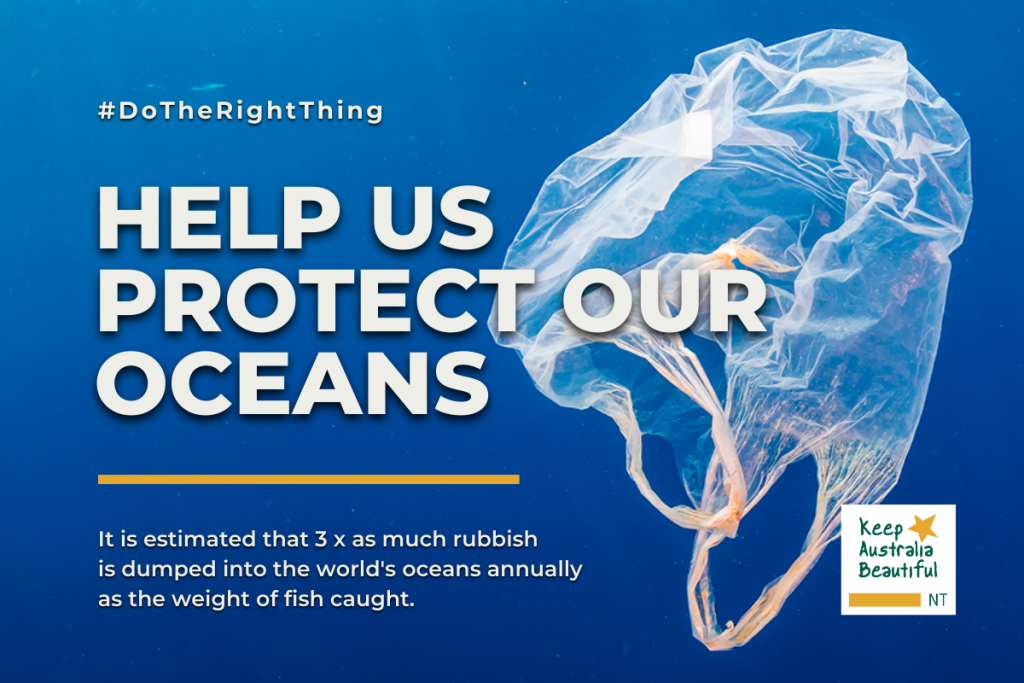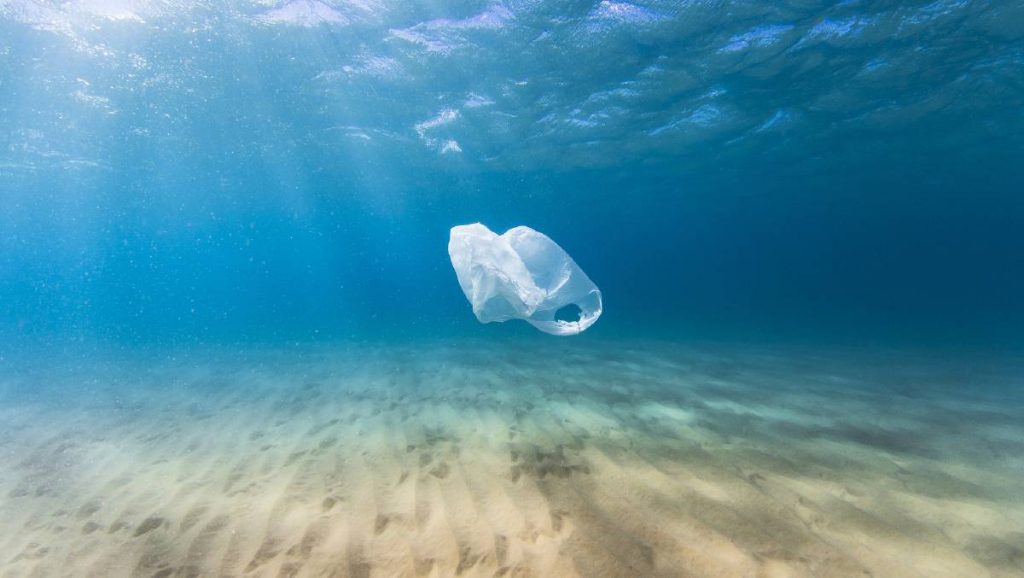
Litter in waterways is a serious pollution problem that affects our wildlife, aquatic habitats, and our water quality. Litter that is disposed of incorrectly on land can easily get blown into creeks, rivers, and oceans and once it reaches these waterways, it is very difficult to remove.
It is estimated that 3 x as much rubbish is dumped into the world’s oceans annually as the weight of fish caught.
Researchers have found that 8 million items of litter enter the marine environment every day. This is a growing problem for our aquatic animals as 1/3 sea turtles that were studied in areas of Queensland had eaten discarded plastic.

Our Top 10 Plastic Pollution Facts
- 422 million tonnes of plastic are being produced each year. This could weigh more than humanity, estimated at 316 million tonnes in 2013.
- 12.7 million tonnes of plastic enter the Ocean every year. If waste management practices don’t improve, scientists predict this amount could increase tenfold by 2025.
- Plastics make up to around 75% of marine litter, although this can be up to 100% at some sites.
- Plastic in the Ocean breaks up into smaller fragments called microplastics, which have been identified in commercial fish consumed by humans.
- Half of all plastics are single-use applications, used just once and then disposed of.
- Plastic was invented 150 years ago. It never goes away it just gets smaller, making it harder to remove from the Ocean. Plastic is indestructible, it was designed to defy nature, designed not to decompose.
- Birds are highly susceptible to plastic ingestion. It is estimated that over 90% of all seabirds have ingested plastic.
- There is no giant floating island of plastic at the centre of the Pacific or any other parts of the Ocean. The so-called Great Pacific Garbage Patch is invisible from the surface however, plankton nets reveal the true nature of the problem which is an accumulation of microplastics that fill up each net in concentrations that increase towards the Ocean centre.
- Plastic acts as a sink for chemicals in the environment, and transports them. When the plastic is mistakenly consumed by marine life these plastic chemicals are released and stored in the fatty tissue of the animal. They then travel up the marine food chain, magnifying in concentration on their way up.
- Chemicals are added to plastic during its production to give it certain properties and some known endocrine disruptors which have been linked to critical disease including, birth defects, cancer, autoimmune disease, infertility and cognitive and behavioural disorders.
How to Reduce Our Plastic Consumption
So, what can you do to eliminate your waste from entering waterways? First thing first, is to think before you buy – as most packaging is made of plastic it is important to reduce, reuse and recycle. However, before skipping to those steps let’s all do our best to refuse plastic consumption.
This starts with cutting out everyday items such as disposable cups, straws, and plastics bags.Australia has great facilities for rubbish collection, so there is no good reason for rubbish to enter our environment. Let’s keep Australia beautiful and protect our waterways!
#sustainability #fightwaste #litterfighter #environment #ecofriendly #take3forthesea #green #waterways #keepaustraliabeautiful